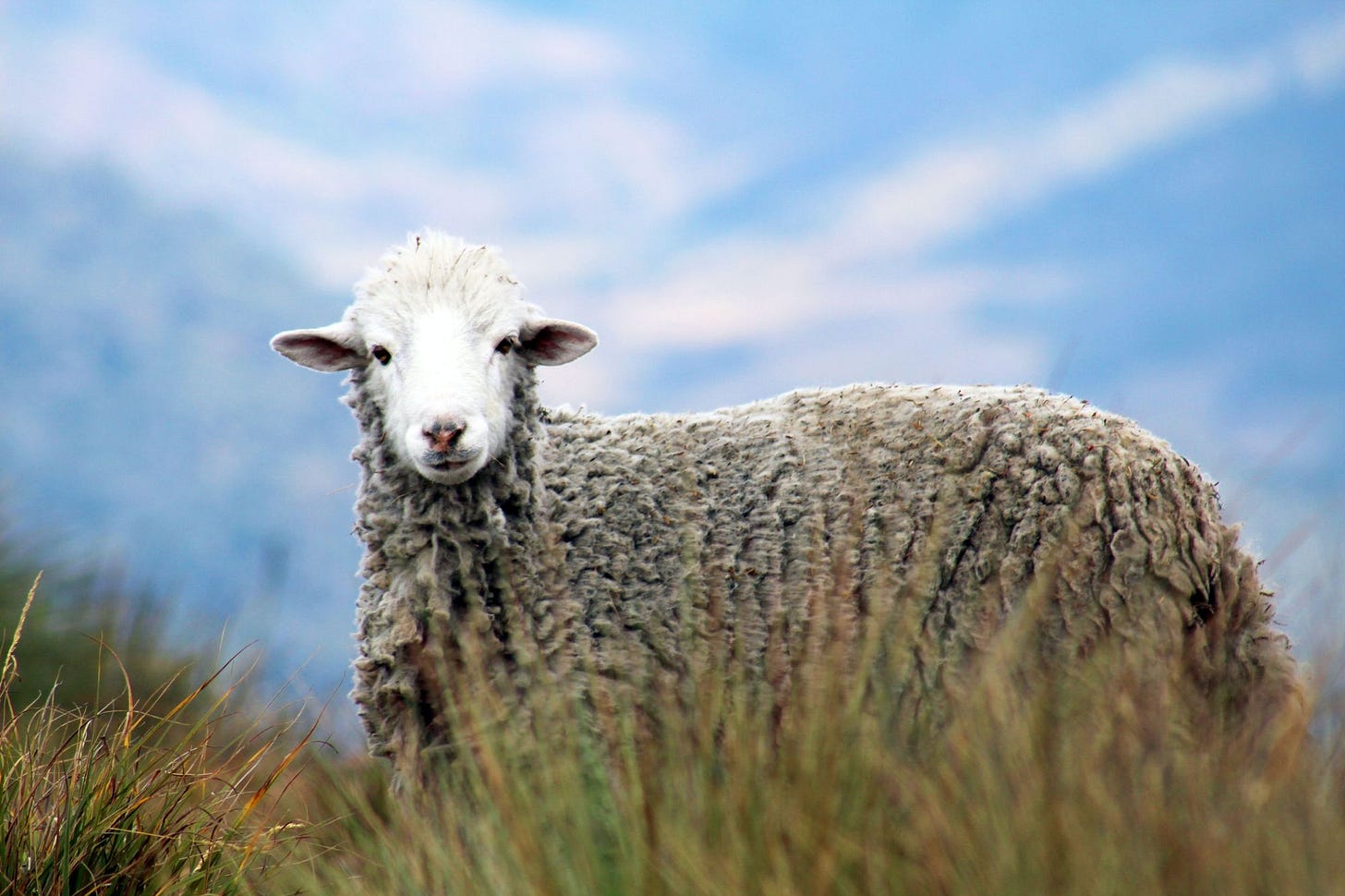Wool
Weird ways to get wool
I've been working on an article about fiber-producing animals that can be used as inspiration for worldbuilding — for example the fictional nightsheep developed by L. E. Modesitt Jr. in the Corean Chronicles, which eat crystalline cactus and produce coats that can be processed into a cloth known as nightsilk.
Fun Facts
Cashmere is made from the soft unde…
Keep reading with a 7-day free trial
Subscribe to Manuscriptions to keep reading this post and get 7 days of free access to the full post archives.

